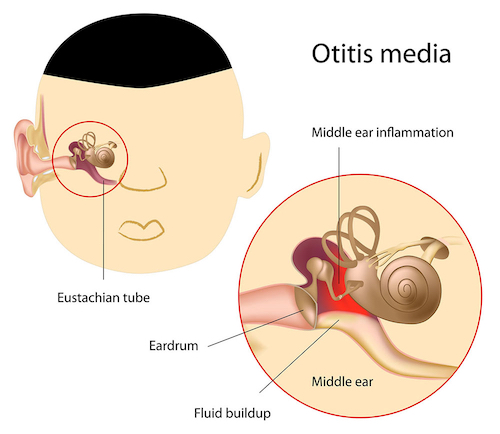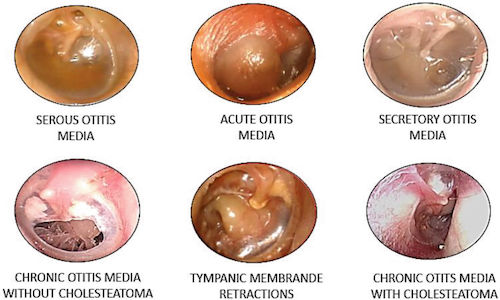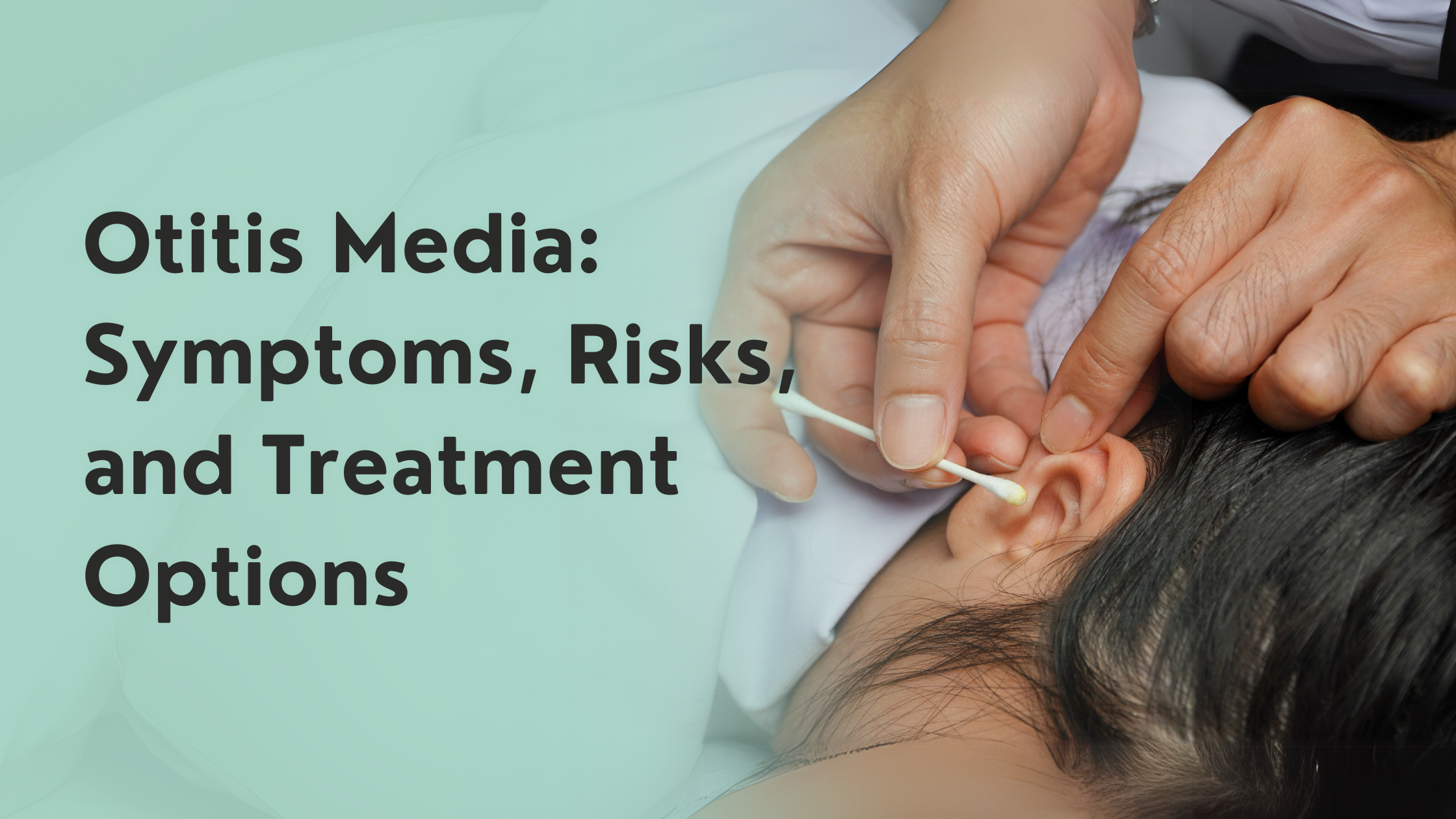


Date: 08 Jul 2025
Otitis media refers to an infection or inflammation of the middle ear, the air-filled space behind the eardrum where tiny bones transmit sound to the inner ear. It's one of the most common childhood illnesses but can also affect adults. The condition typically occurs when fluid accumulates behind the eardrum due to infection or Eustachian tube dysfunction, leading to pain, hearing difficulties, and sometimes fever. Repeated infections or persistent fluid (otitis media with effusion) may interfere with speech, learning, and overall quality of life, making timely treatment crucial.

Symptoms may vary by age but commonly include:
Diagnosis involves a physical exam with an otoscope to look for a bulging or red eardrum and presence of fluid. In persistent cases, a tympanometry test (ear canal pressure) may be used.
In mild cases (no fever or severe pain), especially for children over 6 months, doctors may advise monitoring for 48–72 hours as most infections resolve spontaneously without antibiotics.
Over-the-counter pain relievers like ibuprofen or acetaminophen are recommended to manage discomfort and fever. Topical analgesic ear drops (e.g., antipyrine/benzocaine) may also be used for mild relief.
Oral antibiotics are prescribed when symptoms are severe (fever >39 °C, severe pain), in children under 2, or if symptoms persist beyond 48 hours. Amoxicillin remains the first-line choice. Antibiotics help speed recovery and prevent complications in select cases.
For recurrent acute otitis media (3+ episodes in 6 months, or 4 in 12 months) or chronic fluid (otitis media with effusion lasting >3 months), insertion of tympanostomy tubes (grommets) may be recommended. These tubes ventilate the middle ear and improve drainage, modestly reducing further infections and improving hearing.
Although sometimes used, evidence does not support routine use of decongestants or antihistamines. However, allergy management can help reduce Eustachian tube dysfunction.

While traditional medical treatments target infection and drainage, certain natural remedies may ease symptoms and promote healing as complementary therapies.
This herbal tincture, made from fresh Plantago lanceolata, soothes inflamed mucous membranes in the respiratory tract and middle ear. It may help reduce congestion and discomfort associated with otitis media—especially in children. The tincture’s mild antibacterial and anti-inflammatory properties can support middle ear recovery. (pharmily.co.ke)
Tympanostomy tubes are recommended if a child has 3 or more acute otitis media episodes in 6 months—or persistent fluid for 3+ months—as they help reduce infection frequency and improve hearing.
Natural products like Plantago can complement symptom management and support mucosal healing but are not substitutes for antibiotics when infection is severe. Use them alongside prescribed treatment after consulting a doctor.
Untreated cases can lead to eardrum perforation, hearing loss, mastoiditis, or more serious complications like meningitis. Prompt treatment minimizes these risks.
Yes, adults can develop middle ear infections often due to Eustachian tube dysfunction from allergies, sinusitis, or upper respiratory infections. Management is similar—pain relief, antibiotics if needed, and possible referral for surgical evaluation.